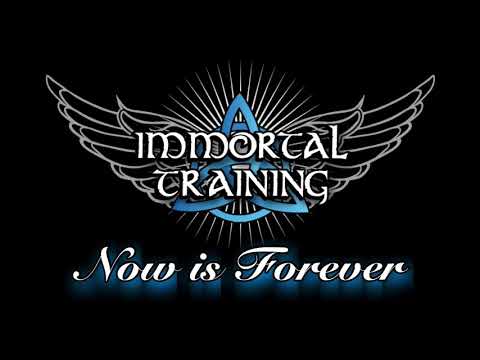

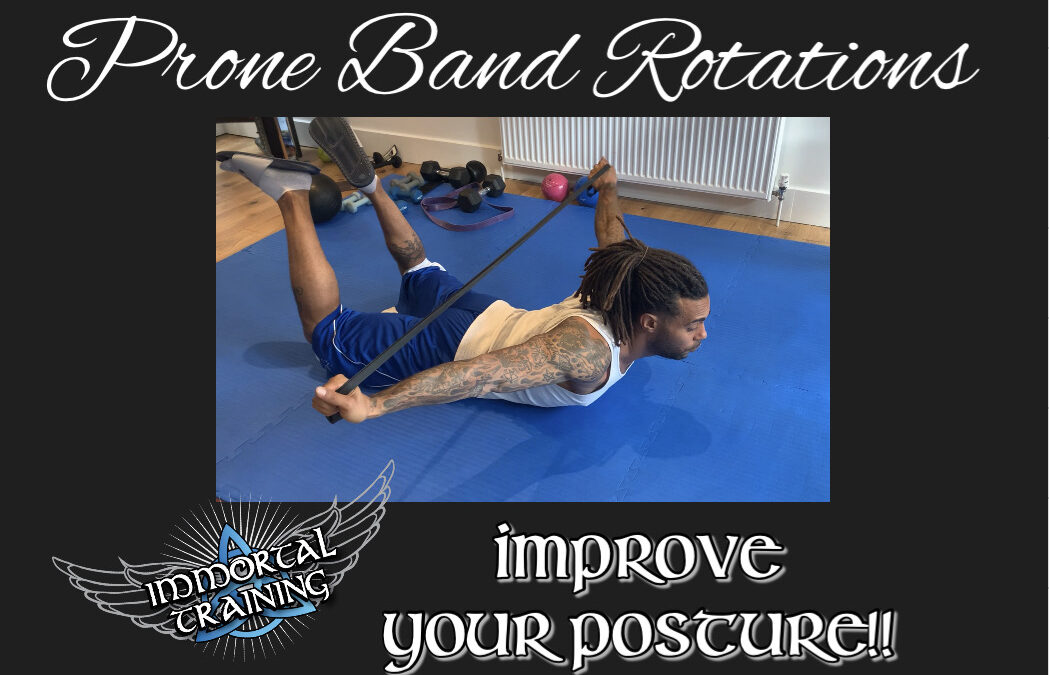
Prone Band Rotations – Improve Your Posture
Improve your posture by adding prone resistance band rotations to your back and/or shoulders routine. Although broomstick rotations and standing rotations with a resistance band are very similar and effective, you may find that switching to a prone (face down) position is a great way to take those movements to the next level.
Watch the video (far bottom) for complete instructions.
WHO SHOULD USE THIS EXERCISE?
Everyone that wants to maintain a healthy posture, but most especially those who suffer from kyphosis, scoliosis, narrow shoulders, or an poor posture in general. Upper & lower back pain, shoulder pain, headaches, migraines, knee & hip problems can all be caused by a bad posture.
WHAT MUSCLE ARE WORKED?
- Rear deltoids
- Supraspinatus
- Rhomboids
- Teres minor
- Levator Scapulae
WHAT ARE THE KEY POINTS?
- Lie face down
- Hold the resistance band with a wide grip (outside of shoulder width)
- Keep the band tight at all times
- Keep your chest and thighs lifted off of the floor for the entire set
- Rotate the band over your head until it touches your lower back
- Return to the starting position and repeat
Go here for another great exercise for posture!: https://immortal-training.com/prone-butterflies/
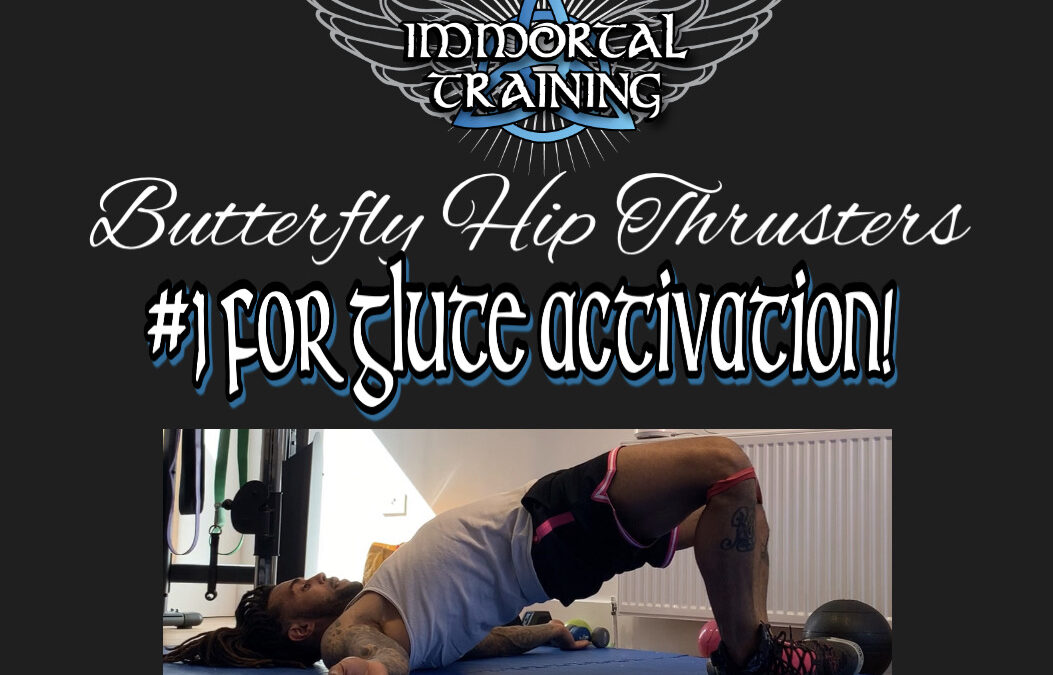
Butterfly Hip Thrusters: Glute Activation
WHAT IS GLUTE ACTIVATION?
Glute activation is a process that encourages an exertion of force from the gluteus muscle group that is strong enough to dominate lower body movements as opposed to other muscles, such as the quadriceps, or lower back. If your glutes are firing off properly then you can improve mobility & posture, eliminate migraines, lower & upper back pain, improve eye sight, speed, strength, agility, as well as many other things.
HOW DO I KNOW IF MY GLUTES ARE ACTIVATED?
I recommend taking part in this mobility screening to find out exactly what is going on for sure: https://immortal-training.com
WHO SHOULD USE THIS EXERCISE?
I highly recommend this exercise whether you are male, female, young, or old!
The focus is on gluteus medius, which is responsible for abducting the leg while rotating the femur outwards (i.e. – pulling the leg away from the body). This will help stabilise the hips and knees during big movements such as squats and dead lifts.
One of the main benefits is that the muscles in the hip flexor and adductor areas (in the groin area and inner thighs) will be stretched while the glutes tighten, which will help realign the pelvis into a more ideal position. If bootybuilding is what you are in need of then this move is a necessity!
I have used this exercise on clients for years and, along with a few other movements, have seen it turn flat bums into perky, round ones.
😁
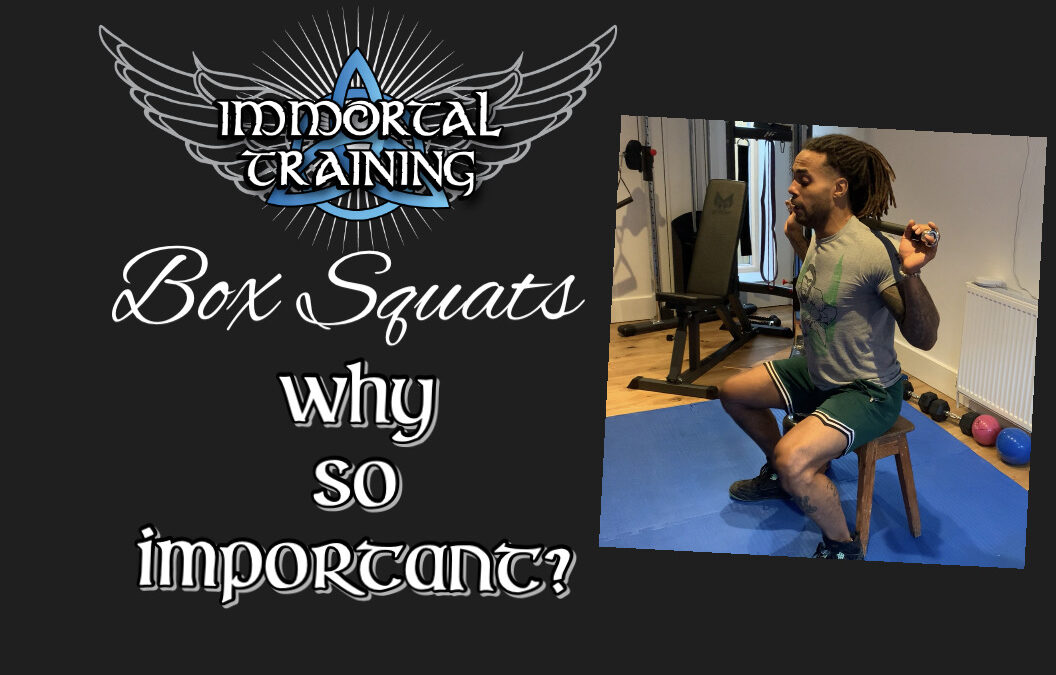
Box Squats: How to Advance
The video below explains how to correctly perform and advance the box squat, so that you can eventually squat with perfect form.
WHO SHOULD USE THIS EXERCISE?
Beginners who lack the ideal bio-mechanics for squatting ass-to-the-grass. This could be down to poor glute activation, tight hip flexors, tight hamstrings, bad posture, other issues, or a combination of several factors. To find out more about your overall bio-mechanics you should take part in this mobility test first: https://immortal-training.com/overhead-squat-test/
HOW DO BOX SQUATS WORK?
Box Squats will enable you to slowly increase your squat depth over time without a high risk of injury. The movement can also trick the brain into aligning the pelvis and lumbar into the correct position during your descent. Something about having a target to aim your posterior towards makes this possible. Over time your neurological motor map will change. Thus retraining not only your body, but also your mind, to squat safely and correctly.
HOW TO PERFORM
Main Muscles: Gluteus Maximus, Hamstrings, Quadriceps
Key Points:
- Keep your chest up, back straight & ass out
- Hold a stick on the back of your shoulders
- Stand with feet just outside of shoulder width, toes slightly pointed out
- Squat down to the box, sit back slightly and drive yourself back up through the heels
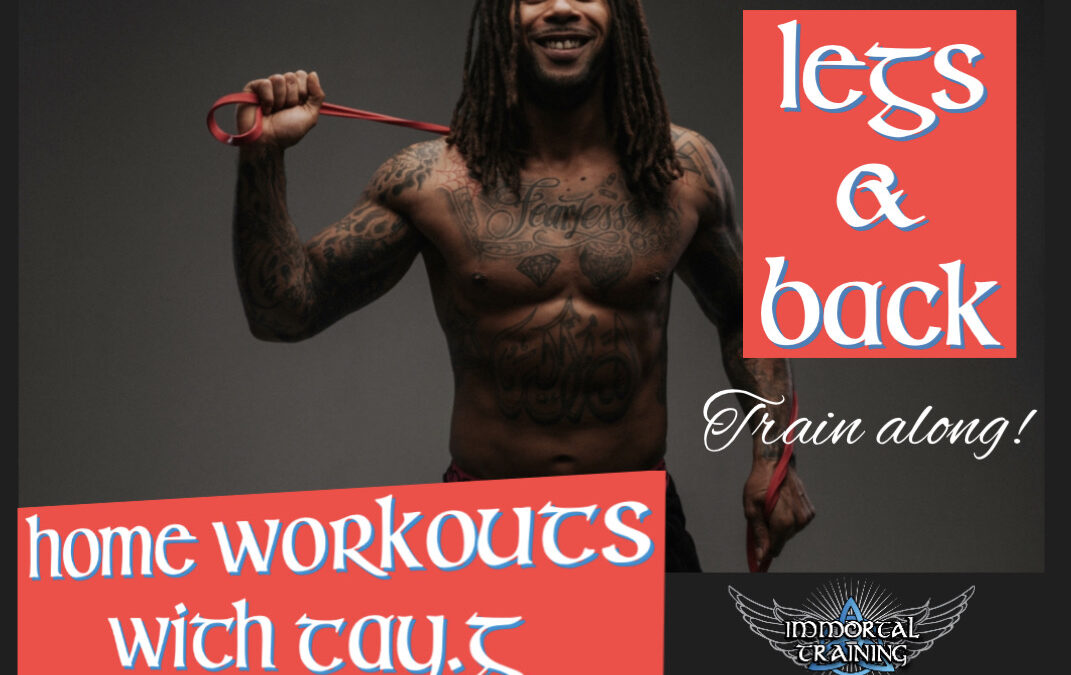
Home Workout for Legs & Back – Train Along!
This home workout for legs and back is based on High Intensity Interval Training in order to maximize fat burning and muscle gain potential, as much as possible within a short space of time.
Watch the video below to train along with me!
SHOULD I WARM-UP BEFORE TRAINING?
Go here for my suggested warm-ups: https://youtu.be/JFdvISOXmY4
WHAT WILL I NEED?
- 2 resistance bands (preferably light and medium/heavy)
- 1 old pair of sweat pants
- stop watch
Let’s get started!
HIIT 1:
- Resistance Band Dead Lift
- 1 min interval
- 1 min rest
- 3 sets
HIIT 2:
- Stand-in-the-Band Squat
- 1 min interval
- 1 min rest
- 3 sets
HIIT 3:
- Single Leg Resistance Band Dead Lift
- 30 second interval on each leg
- 1 min rest
- 3 sets
HIIT 4:
- Resistance Band Pull Down
- 45 second interval
- Jump Squats
- 45 second interal
- 1 min rest
- 5 sets
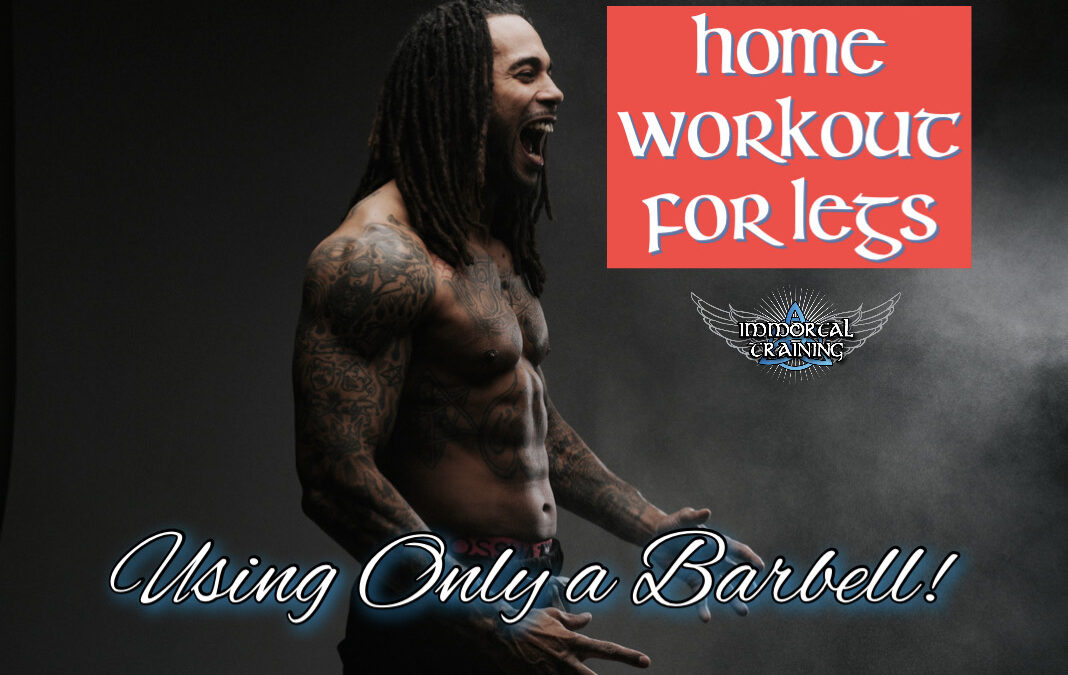
Home Workout for Legs Using Only a Barbell
Today’s home workout is for legs and only involves a barbell. A great option for those who have limited equipment available, but still want to stay fit during the COVID-19 lockdown!
Watch the video below if you want me to take you through the entire workout.
SHOULD I WARM UP BEFORE TRAINING?
Go here for my recommended warm-ups: https://youtu.be/JFdvISOXmY4
Let’s get started!
SUPER SET 1:
- Back-Side Split Squat
- Tetris Lunges
- 1-2 mins rest
- 3-5 sets
SUPER SET 2:
- Ballistic Back Squat
- Single Leg Dead Lift
- 1-2 mins rest
- 3-5 sets
BURNOUT:
- Jump Squats
- 1-2 min rest
- 3-5 sets
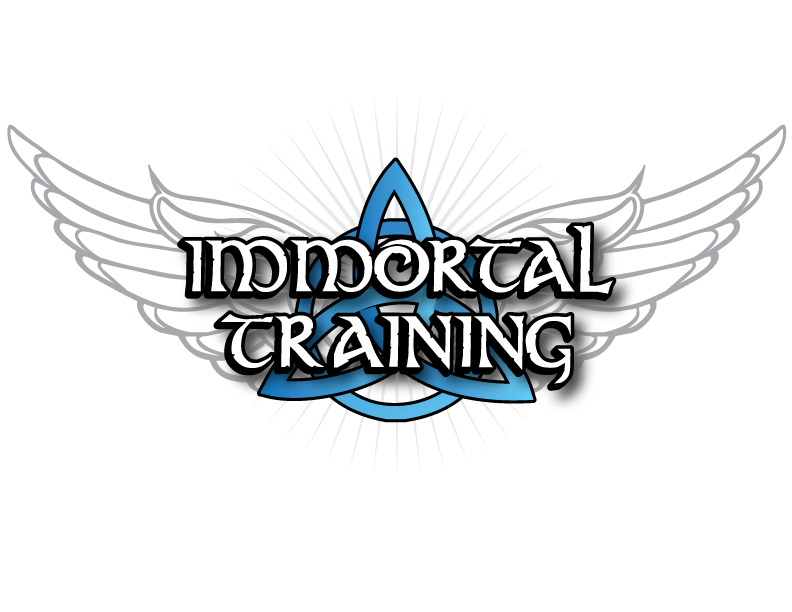
Recent Comments